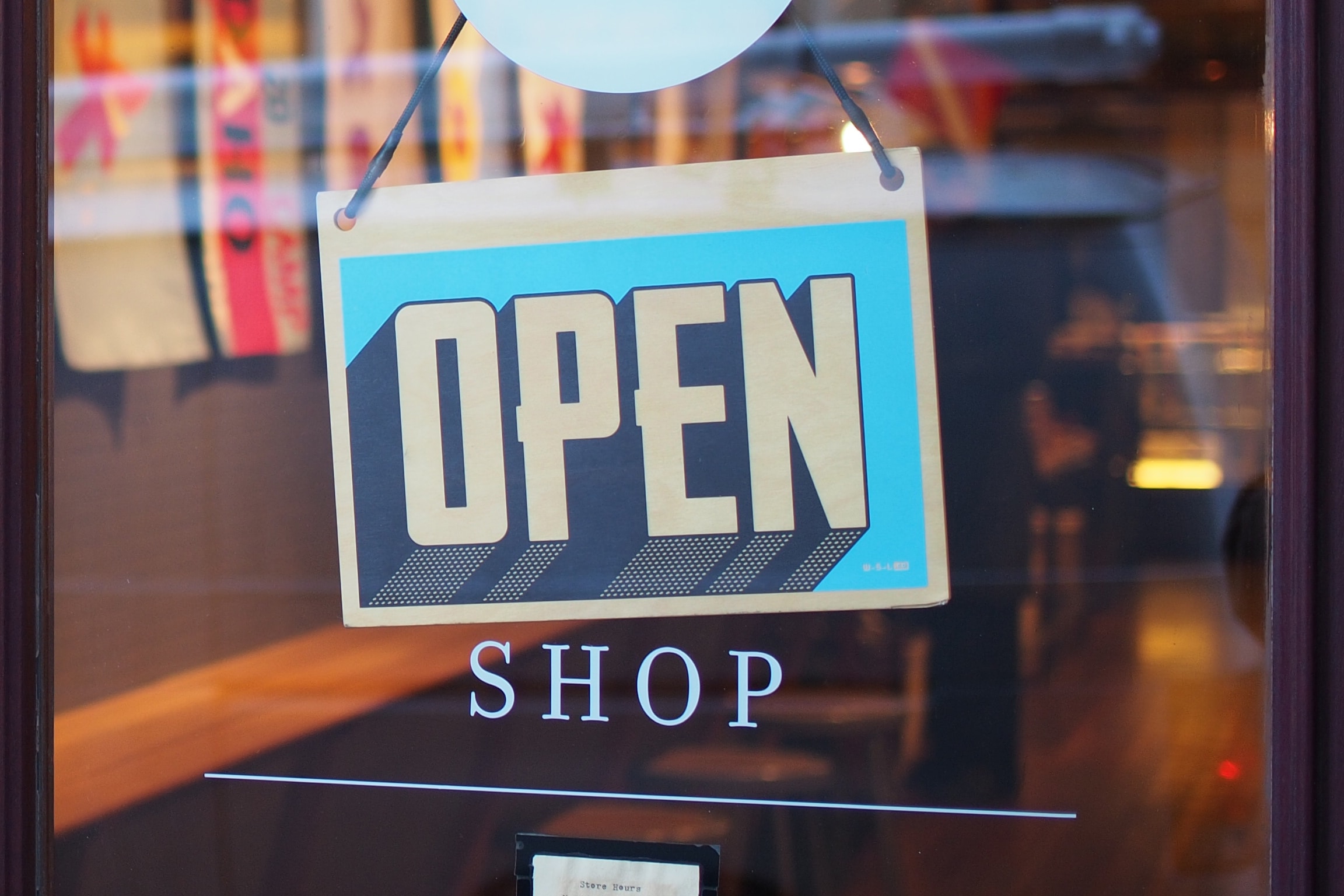When forming your own company, you have a lot of decisions to make. One of…
Starting Your Own Business – How Much Does It Cost?

You’ve heard the age-old business saying, “You have to spend money to make money.” This is especially true in the beginning stages of getting your business off the ground.
Are you trying to figure out where to begin when it comes to budgeting for your new business? The U.S. Small Business Association estimates that “microbusinesses” need roughly $3,000, while companies started at home need anywhere from $2,000-$5,000 to get going.
While there’s no hard and fast number for starting a business, there are some things to consider when it comes to cost. Keep reading to learn more.
Stay Realistic with Success and Size
To begin with, as excited and optimistic as you are to start your business, it’s important to start small. You don’t want to invest more than necessary too quickly.
Essentially, don’t assume your business will be successful. Starting small, and then scaling as revenue increases, is an inexpensive approach that can give you a good idea of how successful the idea can be.
Determine Your Business Type and Associated Costs
According to the U.S. Small Business Administration, most businesses fall in to one of the three following categories: brick and mortar, online, and service. Each of these require different costs.
However, regardless of your business “type”, here are some costs you can expect to pay for regardless:
- Office space
- Equipment and supplies
- Communications
- Utilities
- Licenses and permits
- Insurance
- Lawyer and accountant
- Inventory
- Employee salaries
- Advertising and marketing
- Market research
- Printed marketing materials
- Making a website
After reviewing this list, you might determine you won’t need one or a few of these items, cutting down on upfront costs. For example, you might not need or want to have an office space, or you may choose to rent an office in a coworking space. For the items above that you’ll definitely need, begin budgeting and researching accordingly.
Organizing Your Costs
One step in your budgeting should be classifying and separating expectant costs. Start by determining which expenses are a one-time payment and which ones will be ongoing. This will show you how much money you’ll need in the initial months, and what you can expect on a monthly basis going forward.
Additionally, you can divide out costs in to essential and optional. Essential costs, as the name suggests, are absolutely required for you to start your business. Optional costs are ones that are “nice to have”, or ones that can be pursued when you have a bigger budget or as your budget allows. This categorization helps prioritize your budget.
Finally, your costs can be further classified as direct and indirect. Direct costs are ones that go toward labor for a specific project, hardware/software, and product inventory. Indirect costs are the ones that are left over after direct costs have been documented. These costs will be spent on things like cleaning supplies, office utilities, and marketing. Indirect costs are fairly unpredictable and are typically referred to as “the real cost of doing business”.
Predict Revenue
Cash flow and revenue are required to pay for the various ongoing costs of running a business. A good rule of thumb is to project your cash flow for its first three to five months. You’ll need to consider the ongoing monthly costs as compared to incoming revenue to get the most accurate prediction.
If you can help it, avoid borrowing a loan, as it puts a lot of pressure on your business to succeed. However, if it’s necessary to borrow, document your borrowed amount and the interest you’ll owe. These costs will also need to be factored into your cash flow as a fixed cost.
Don’t try to re-invent the wheel by creating your own cash flow spreadsheet. Download and install a financial organizing tool like Quickbooks to help keep everything in one place. Plus, you attach it directly to your bank account, taking out any manual entries for you.
Consider Funding
Having a ballpark for your ongoing costs and cashflow can inform you of much money you’ll need to start your business. With this number in mind, you’re able to pursue financing options – whether that’s through personal savings, a loan, a grant, or crowdsourcing.
If you’re considering a small business loan, the SBA is a trustworthy place to start. It partners with lenders, community development organizations, and micro-lending institutions. Their partnerships help reduce risk for the lenders but gives them easier access to capital – making it simple for small businesses to get loans.
Starting a small business is exciting, but it doesn’t come without cost. Knowing where to start financially is one of entrepreneurs’ greatest challenges. Use the tips above to help get your finances organized and get your business off the ground.
Starting at just $9.95 a month!
LIFE IS CALLING. ALWAYS ANSWER.
Try Ninja Number free for 7 days. Instant activation – no contracts, and all features included!
We guarantee that Ninja Number will help grow your business. If you don’t believe Ninja Number can help grow your business and make more money, just cancel your service and that month’s payment is on us!!




